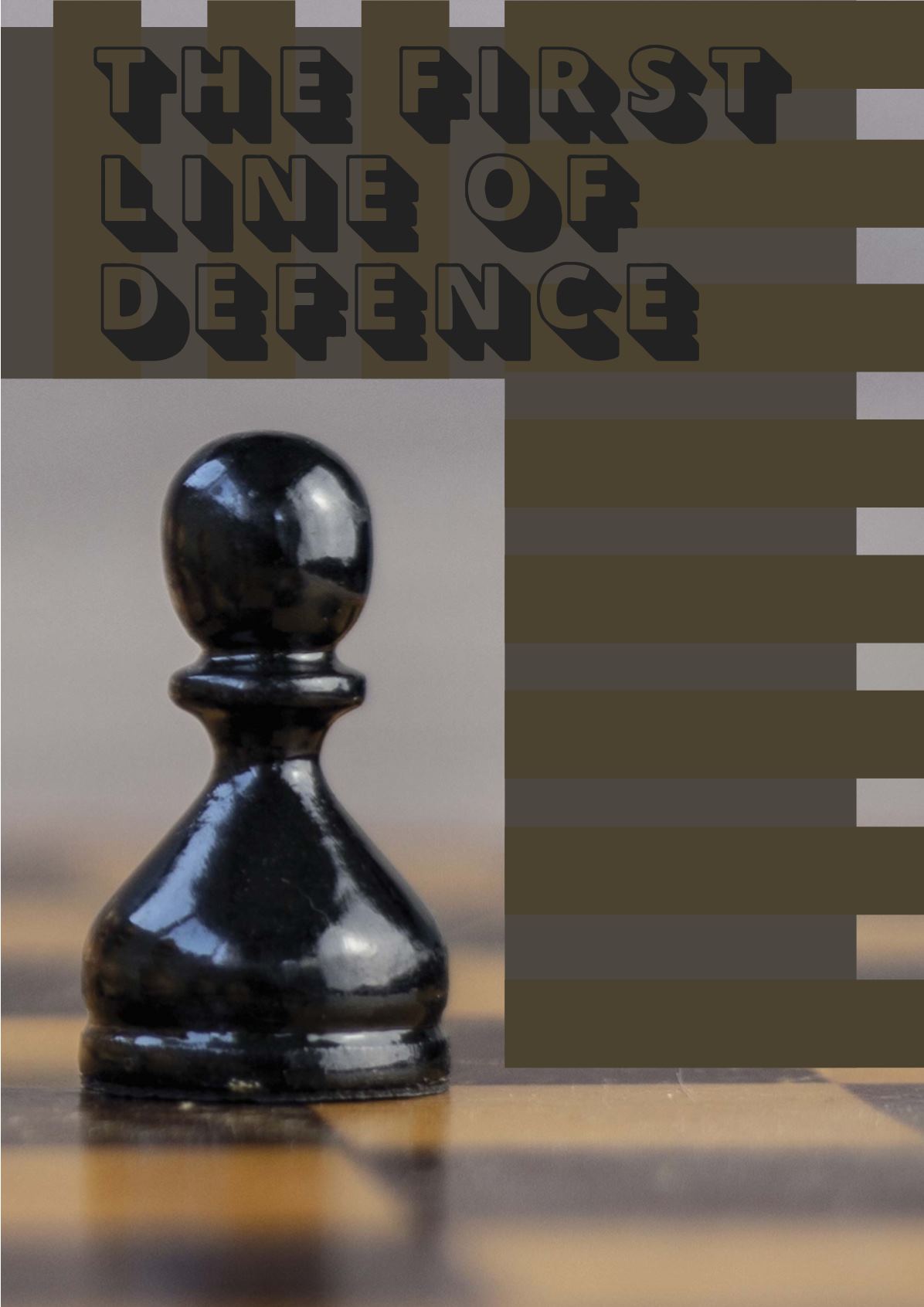
Claire Lloyd, Rembe,
Germany,
discusses the
importance of using rupture
discs to
protect safety valves
in LNG applica
tions.
A
n increase in consciousness of environmental
issues along with the subsequent legislation that
has been put in place has resulted in the need for
many industries to improve their rogue emissions that
had previously been an accepted part of industry. One of
the issu
es surrounding natural gas specifically are carbon
and methane emissions. Although natural gas, rather than
LNG, has been the main focus of attention re
garding the
issue of fugitive emissions, as the use of LNG increases,
so do the requirements to address such issues within the
industry.
The first step in improving emissions is to try and find
better safety valves. Valves are an obvious place to start as
no valve is 100% leak-tight, and this decreases every time
there is an activation and the valve re-seats. For new
plants, it is a fairly simple solution to specify within the
design of the plant a valve with a lower leak rate.
However, existing plants are looking at substantial
investments to replace older designs with newer ones –
not an economical choice in a large majority of cases.
Even for new plants, there is a significant increase in
safety valve costs to try and meet lower emission levels.
While there have been significant increases in the
capabilities of safety valves, it is still not ideal or meeting
27








